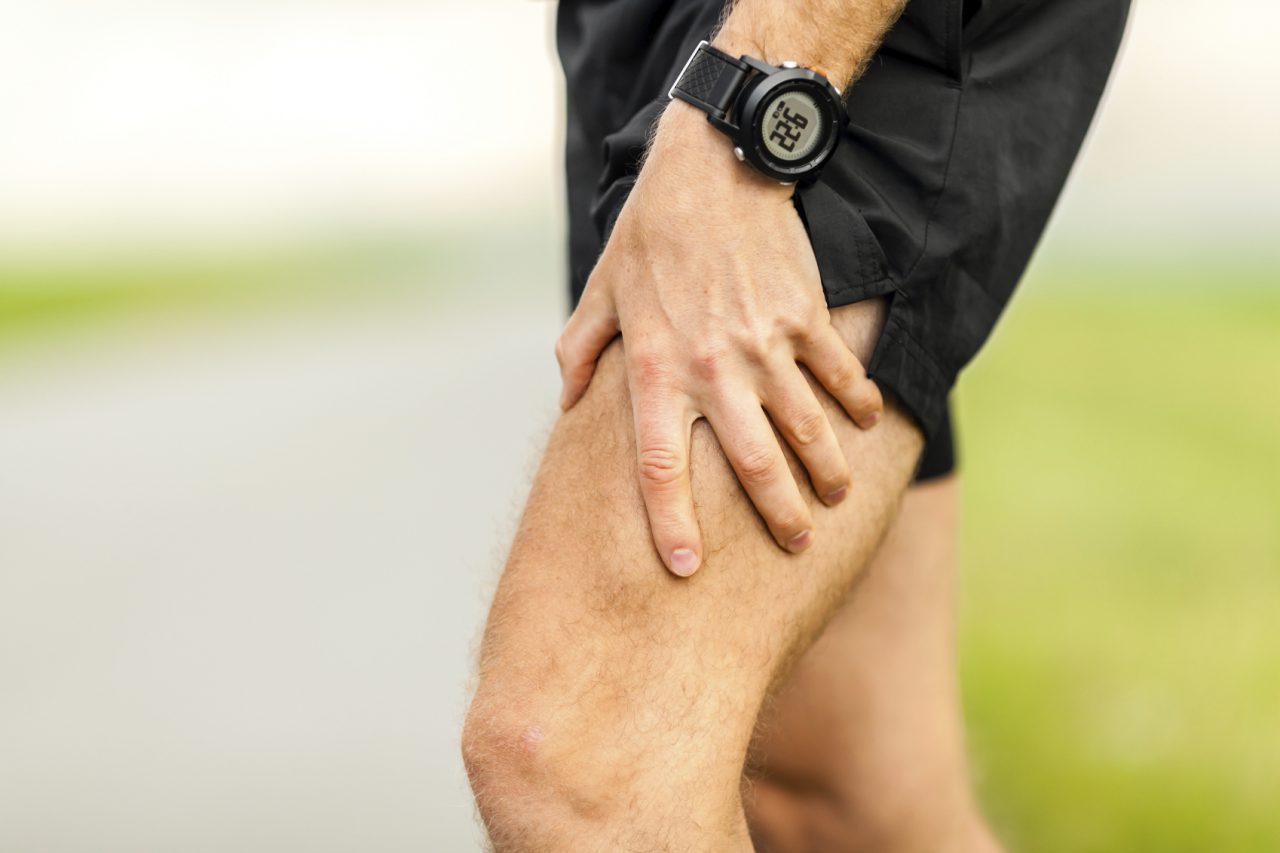Q. Have you ever heard of sarcopenia?
This one made me go to the dictionary. Sarcopenia, a Greek word that means loss of flesh, is the decrease in muscle tissue that comes with age.
Sarcopenia (pronounced sar-ko-PEEN-ya) begins early in life. Studies show that after age 40, most people lose about 1 percent of their muscle mass each year.
However, strength exercises — also called resistance training, weight training and weightlifting — can rebuild your muscles and provide many health benefits. Research funded by the National Institutes of Aging (NIA) shows that even people in their nineties get a lot out of weightlifting.
In one study at Tufts University in Massachusetts, nine women and men, ages 87 to 101, strengthened their arms and legs by exercising with weights. In eight weeks, they increased the strength in their front thigh muscles by an average of almost 175 percent.
Some studies have shown that, of all age groups, seniors benefit most from weightlifting.
The American College of Sports Medicine recommends that adults age 50 and older work out with weights two to three times a week. The National Institute on Aging also recommends weight lifting for older adults.
Weightlifting can do the following for seniors:
- Prevent bone fractures. The exercises boost your strength, balance, and agility, making falls less likely. And, weightlifting can also build bone mass in the spine and the hip, so it's especially important for people with bone-thinning osteoporosis.
- Help you lose weight.
- Control blood sugar. In one study of adults with diabetes, 16 weeks of strength training provided dramatic improvements, comparable to improvements from taking medication.
- Relieve depression and improve sleep.
- Increase stamina. A University of Vermont study of healthy seniors ages 65 to 79 found that subjects could walk almost 40 percent farther without a rest after 12 weeks of weight training.
- Relieve arthritis joint pain. Weightlifting can cut down on pain by strengthening the muscles around the arthritic joint. Stronger muscles reduce stress on the joint.
You should always check with your doctor before starting a new exercise program. Weightlifting can be done at home with household items, but many health organizations recommend working out in a professional setting for maximum benefits. The number of facilities that cater to older adults is increasing.
Here’s a brief guide to exercise for seniors:
Start out slowly with a pound weight, or no weight at all. You should feel challenged, but not close to your limits. You may feel some normal muscle soreness at first. You should not experience exhaustion or pain.
Do strength exercises for your shoulders, arms, back, stomach, hips, legs at least twice a week.
Avoid jerking or thrusting movements. Don’t lock the joints of your arms and legs into a strained position.
Do 8-15 repetitions in a row of each exercise. Use smooth and steady movements. Once you can easily lift the weight 15 times, increase the amount of weight .
Take 3 seconds to lift or push a weight. Hold the position for 1 second, and then take another 3-5 seconds to lower the weight.
Exhale as you lift or push the weight, and inhale as you relax or lower the weight. Don't hold your breath during the exercises.









